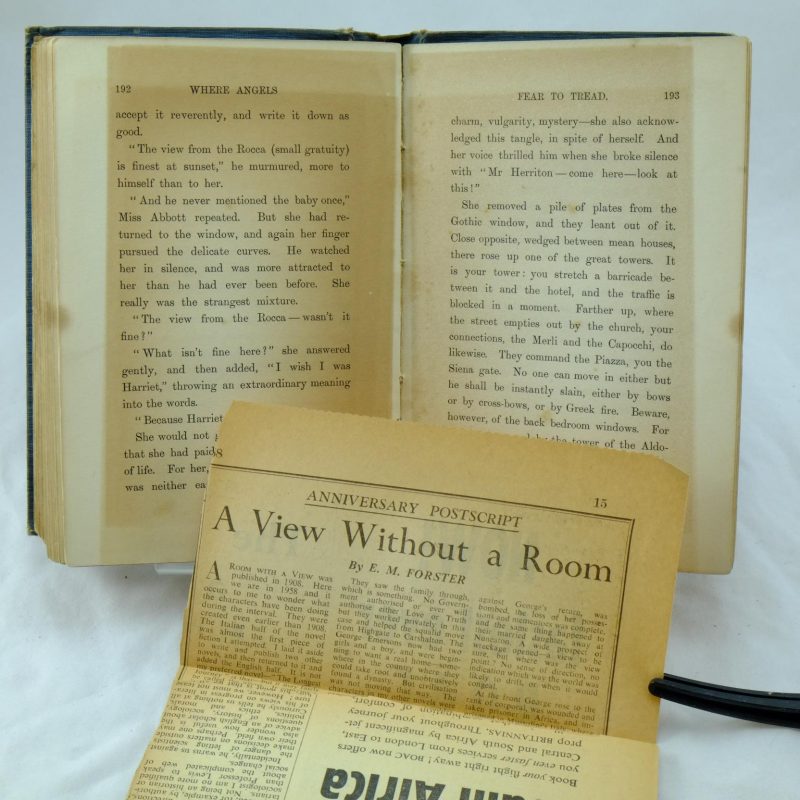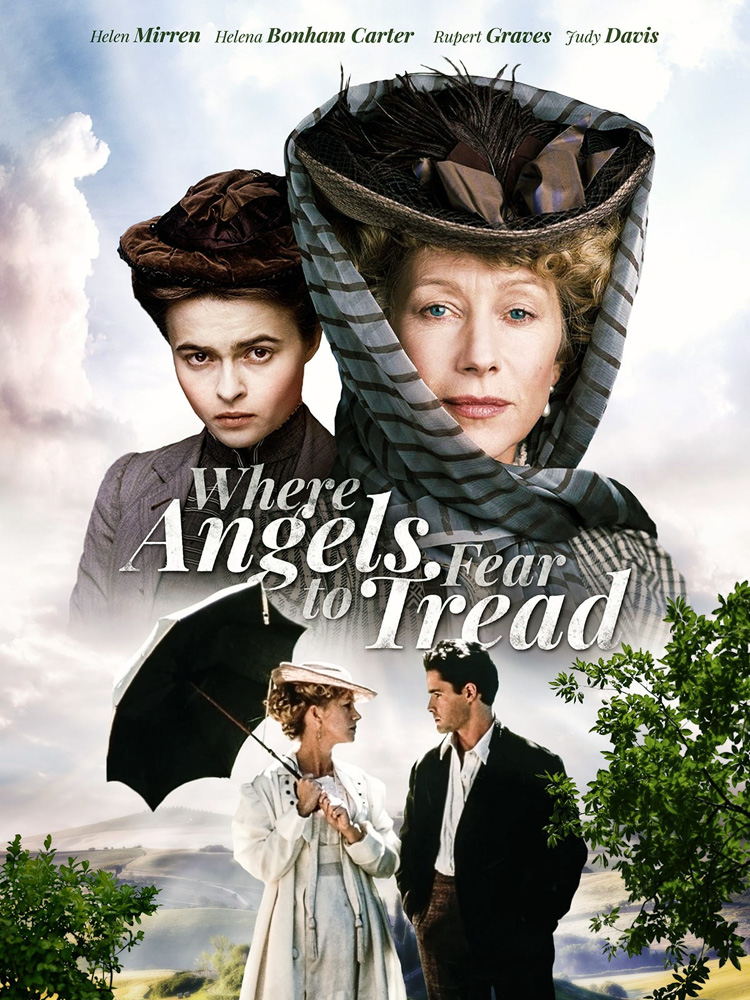


In “Manners, Morals, and the Novel,” later published in The Liberal Imagination(1950), Trilling explains the novel as the writer’s response to the modern world’s besetting sin of snobbery, which he defines as “pride in status without pride in function.” Europeans, and perhaps especially the English, familiar with snobbery as a manifestation of class structure, require less explanation than do Americans of the novel’s relation to snobbery. While full of the insights, charm, and homely but colorful metaphors that also distinguish Virginia Woolf’s Common Reader volumes (1925, 1932), the book is an enthusiast’s, rather than a working writer’s, view of the novel, as if Forster were already distancing himself from the form that earned him his fame as a writer.Ī lecture given twenty years later by Lionel Trilling, who had already published his book on Forster, gives a better sense of Forster’s achievement. Written three years after the publication of A Passage to India, the work surveys neither his achievement nor his intentions.

Forster’s (1 January 1879 – 7 June 1970) most systematic exposition of the novelist’s art, Aspects of the Novel, is no key to his own practice.


 0 kommentar(er)
0 kommentar(er)
